The foundational stones were placed in 1229, which transformed from mosque to cathedral.
This Levantine Gothic jewel that overlooks the sea, this magnificent structure’s construction began in 1230, replacing a former mosque. The interior is as splendid and spectacular as the exterior. Inside, explore a variety of historic paintings, each with a story of its own. Enjoy the sunlight that moves through the stained-glass windows, which was once a method used of telling time. In 1904, Gaudi refurbished the chapel, to what I consider to look like creepy, demonic artwork, but hey it’s different. Inside guests also discover the tombs of Mallorca’s past Kings, James II and James III. Entry fee: 4 euros
This is one of the most magical places to explore in Palma. Cute, quiet and serene, discover a lush garden of lemon trees and Balearic flowers planted amidst the four walls of this ancient bathhouse. Located in the medieval quarter of the city, Banys Arabs is the only remaining Moorish building in the Palma. Built in the 10th Century, all that survives are two underground chambers, one of which contains capitals recycled from demolished Roman buildings.
This Gothic-stlye caste is set on a hill three kilometers west of city center. The castle's foundation is circular, which is one of the few circular designs in Europe. A rarity in design, Bellver was built in the 14th Century for King James II. The castle survived two sieges, during the years of 1343 (Peter IV of Aragon's campaign to reincorporate Majorcan terrifies to the Aragon reign) and 1391 (anti-semitic peasant revolt). Today, the castle is home to the city's history museum.
Discover the historical and ancient roots of this island nation at the Mallorca Museum. Located in a 16th-century mansion popularly known as "Casa de la Gran Cristiana,” explore a variety of Gothic panels, Moorish ceramics, weapons, paintings and furniture.
Visit an Ancient Olive Tree in Placa de Cort
Located in Old Town, nearby Town Hall, is an attractive square that features an extremely large and oversized olive tree. The trunk wraps in various directions, similar to a labyrinth. Some sources claim the tree is 600 years old, where others state 800 – either way the tree is a finca, Pedruixella Petit, from the Pollensa area of the Sierra Tramuntana. It lived there for five or six hundred years before transplanted to Mallorca.
Discover what used to the be home of 13th Century Mallorcan rulers. This royal palace is adjacent to the Palma Cathedral and was built after the conquest of the Arabs. Jaume II converted this into Gothic style, but elements of Moorish "touch" still remains. Inside, discover bygone era charms of what rooms used to look like, which are decorated with historical tapestries, rugs, furniture and paintings. Outside visitors lounge in the S'Hort del Rei gardens and enjoy rows of water fountains set amidst the manicured lawn.
Can Joan de S'Aigo Cafe
Dating back to the 18th Century, this 200 year old café is the oldest ice cream parlour Palma. If ice cream is not your thing, be sure to taste test an ensaimada or for the savory at heart, try a Mallorcan flatbread known as Coca de trampó.
Far de Portopí Lighthouse
Believe it or not, this is the world's third oldest operating lighthouse. This revitalized port features a variety of restaurants, a yacht club and shopping mall. The lighthouse is the main historic attraction, and everything else is modern. There are records of shipping to Port de Palma before Muslim conquest (902-1229) to Portopi and La Cala.
Port de Palma
Port de Palma is the largest of the five Balearic ports, and situated on the seaside connecting to the streets of Palma's Old Town. The port is separated into four sections: the commercial docks, the Poniente Quays, the marina docks and the West Breakwater and welcomes cargo and recreational ships.
Let's Connect!
This Lemon Tree article is now featured on GPSmyCity. To download this article for offline reading or travel directions to the attractions highlighted in this article, go to Top Historical Sites in the City of Palma de Mallorca.
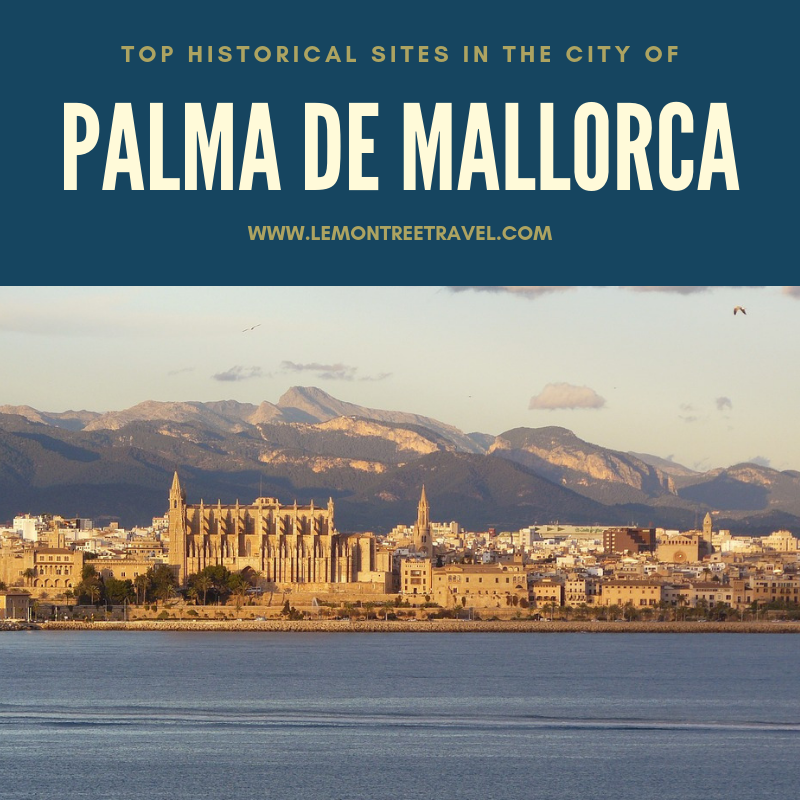
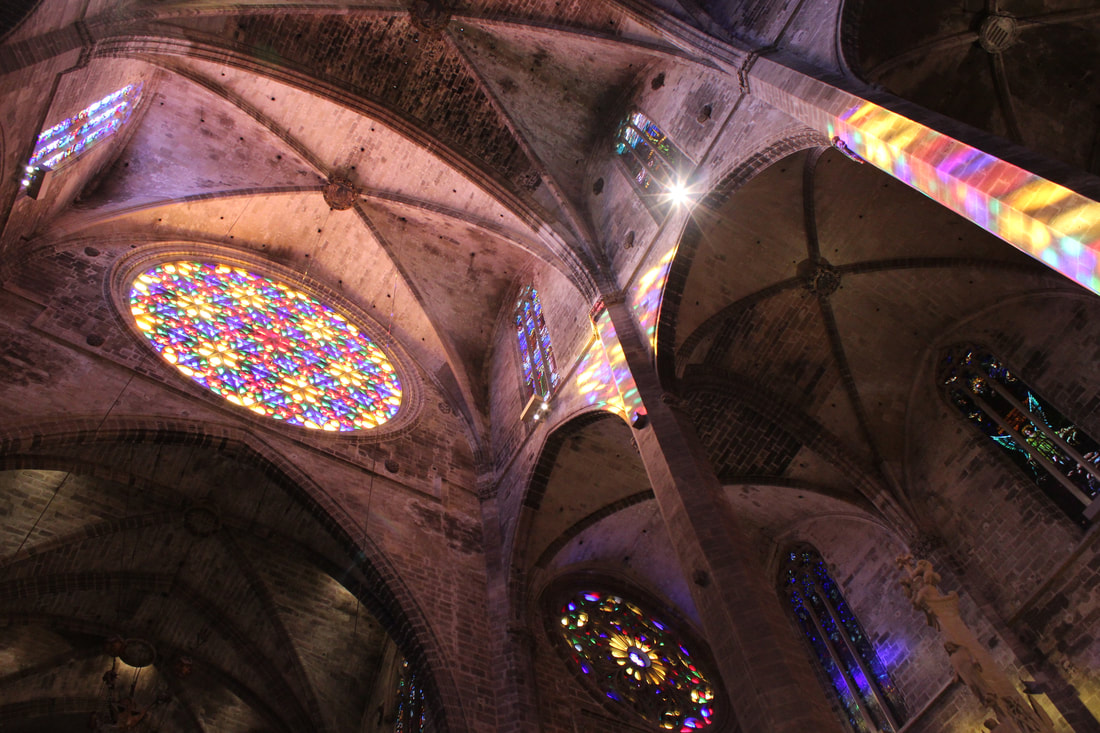
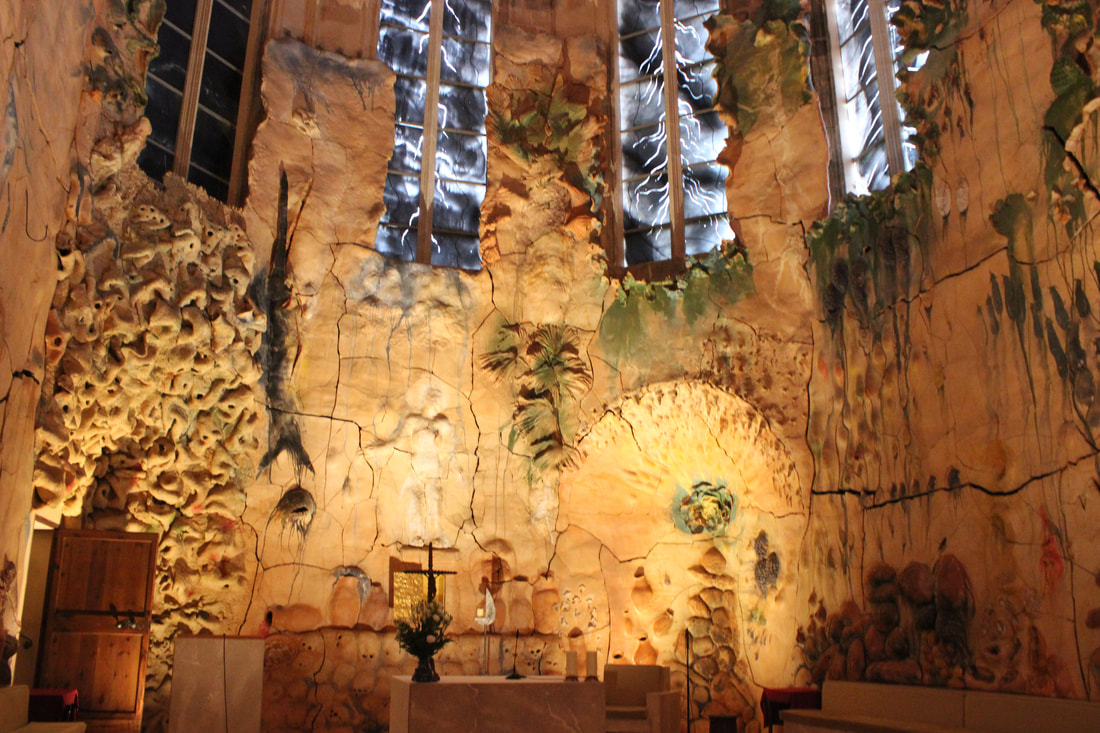
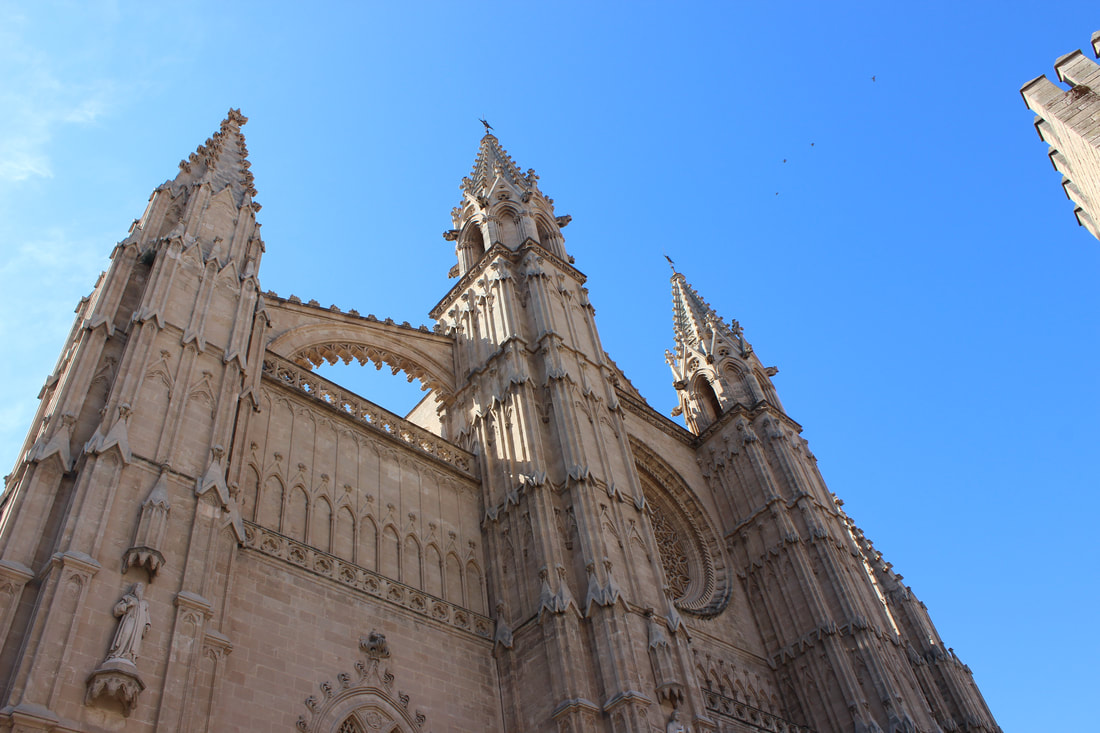
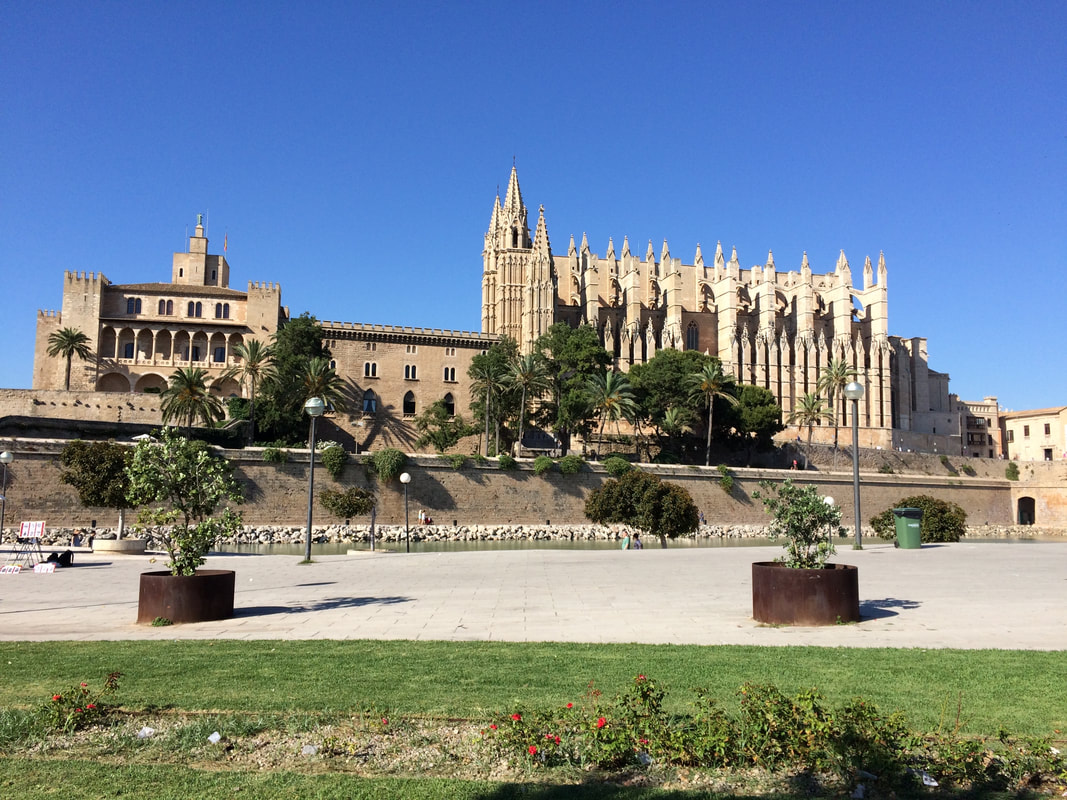
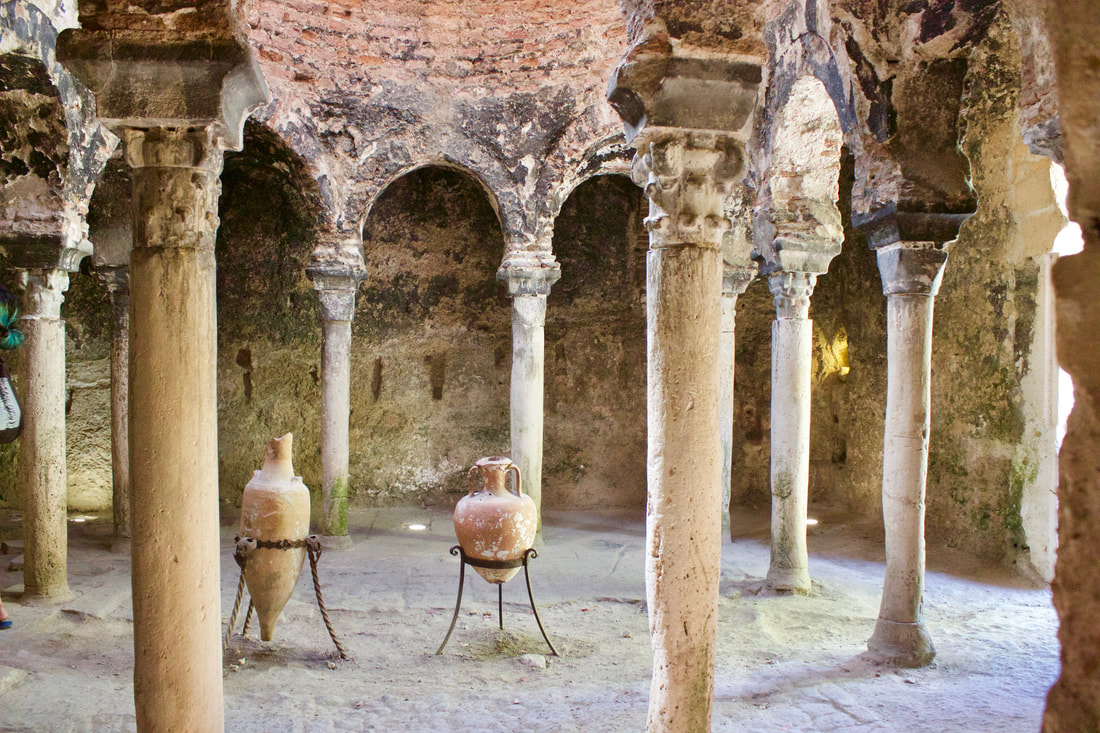
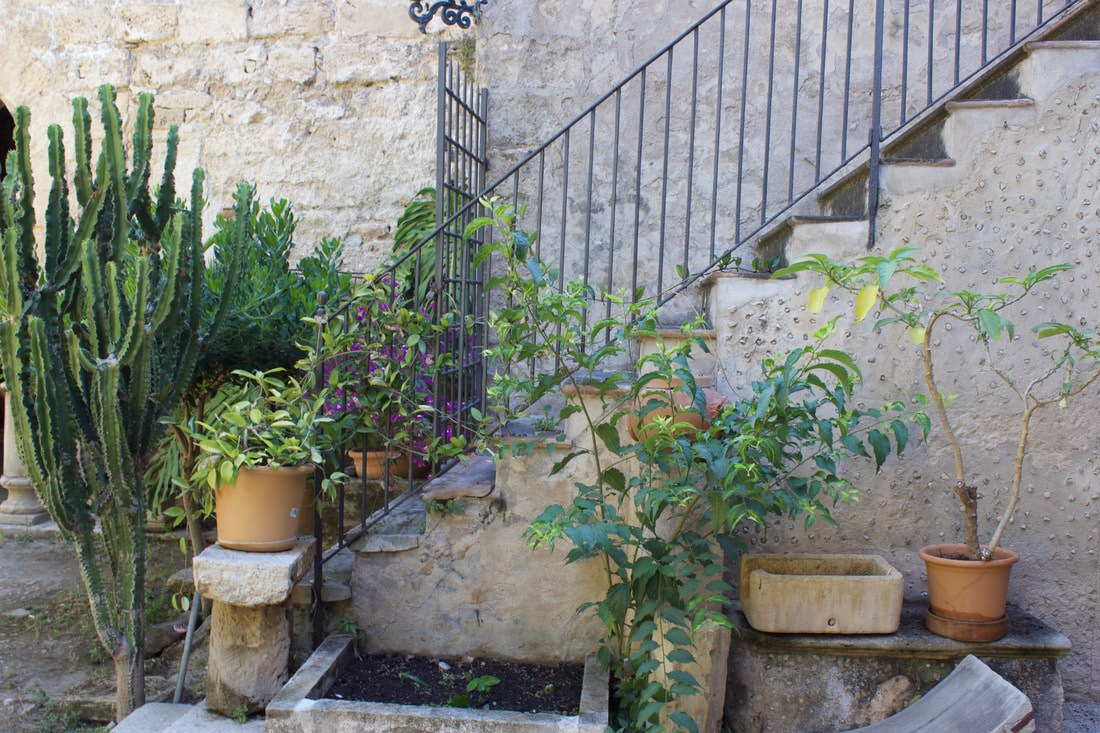
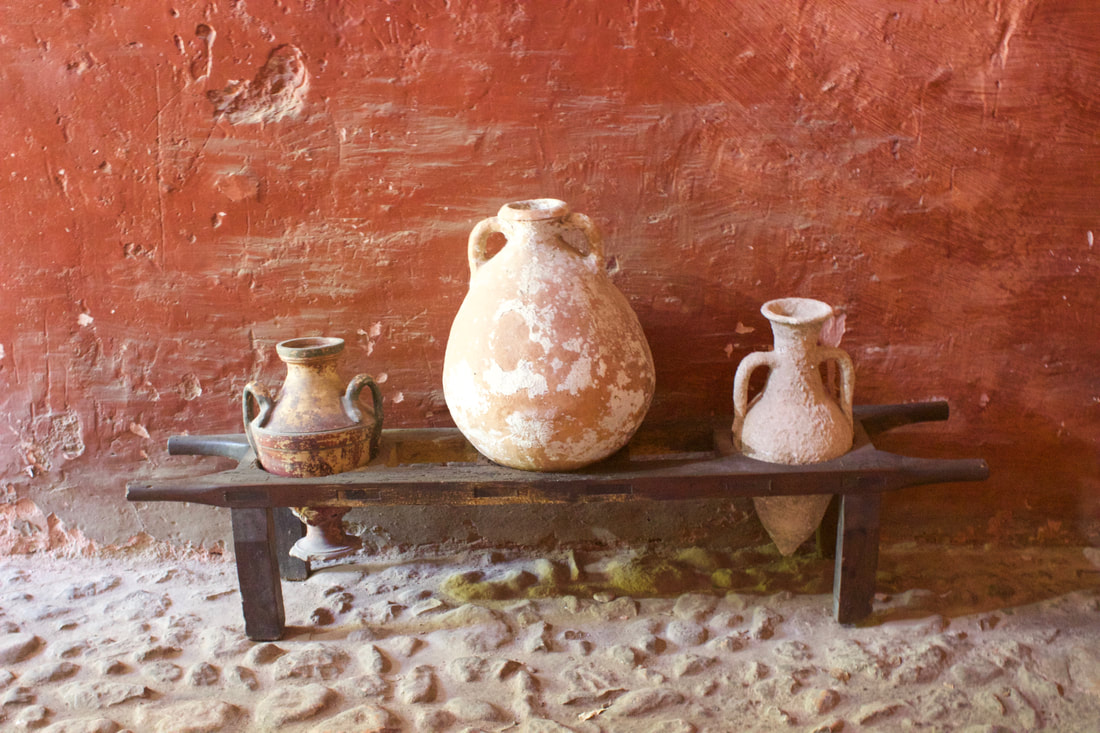
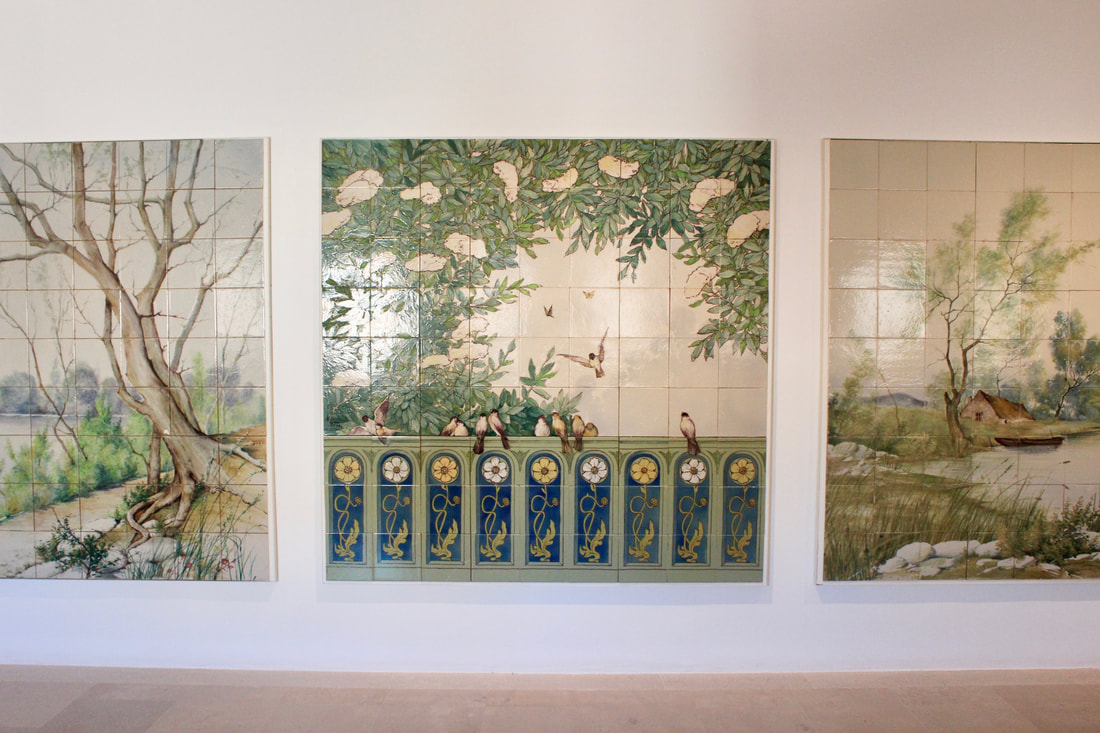
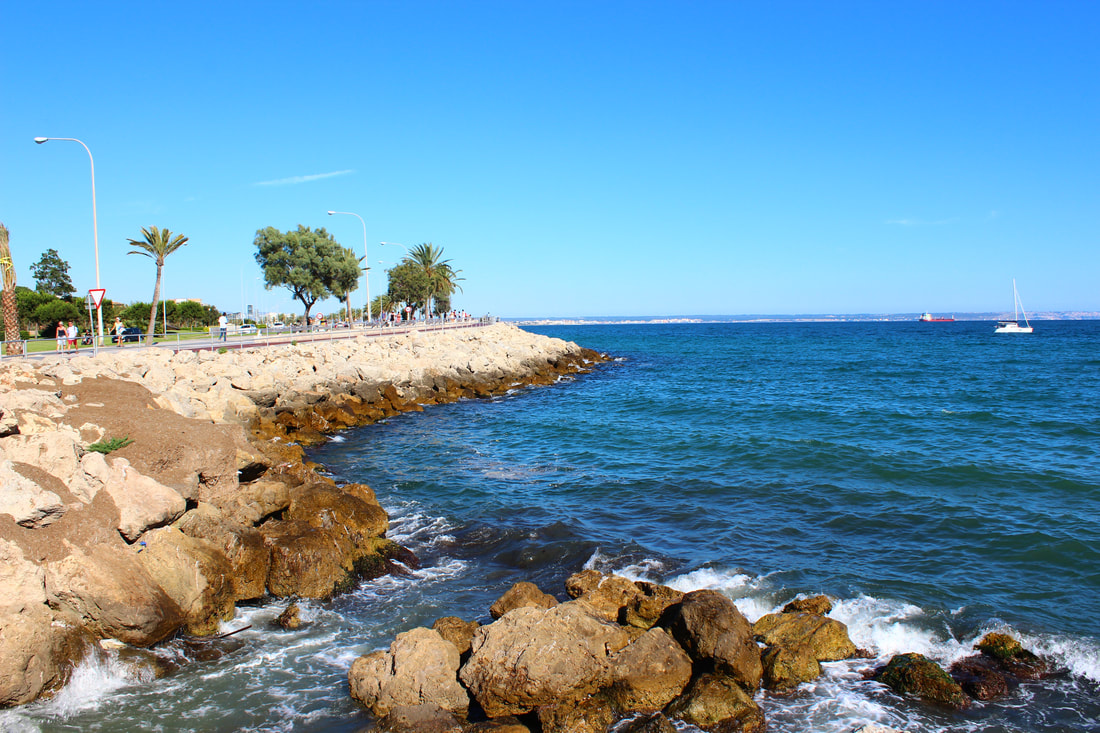


 RSS Feed
RSS Feed